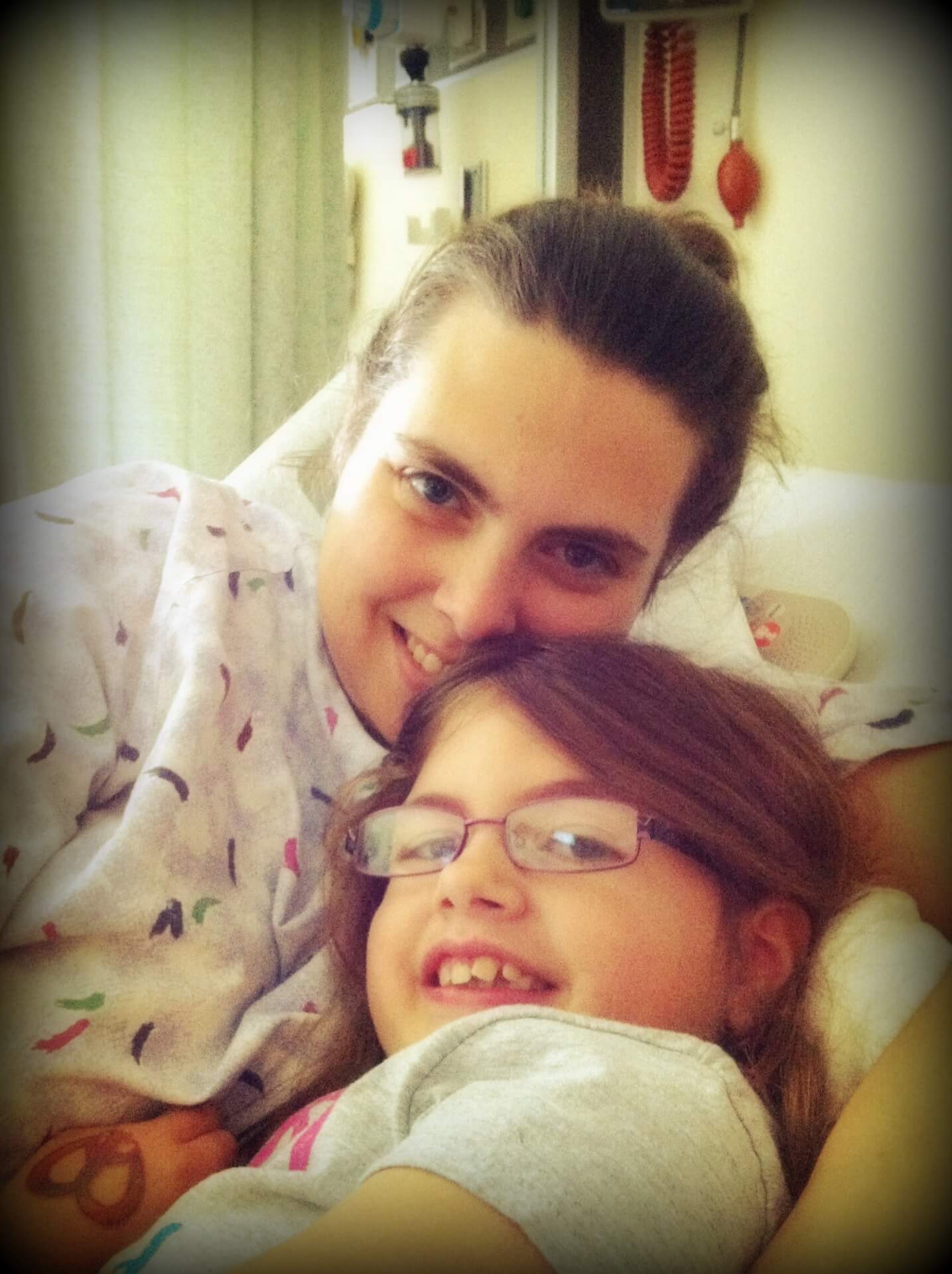Adriel Helms
Long Island, New York
For Tracy, a Long Island native, thrombosis is a family affair. Tracy, her mother, her brother and her two sons all suffer from the same genetic condition — protein S deficiency — which makes it more likely for them to suffer blood clots. With the exception of her younger son, every family member has survived a blood clot. Tracy’s mother lived through hers at 17, and her brother and older son, suffered theirs at 18. But Tracy — despite taking hormonal birth control and having two pregnancies — didn’t get hers until she was 51, only 18 months after her older son.
Tracy’s older son was in his senior year of high school when he was struck by mono, and had to stay home from school to rest for three weeks. One morning approximately a week after returning to school, he told Tracy that his leg hurt, and one of his veins looked like it was protruding slightly.
Knowing that clotting ran in the family, Tracy’s first thought was that it could be a blood clot. She asked him how long the area had been painful and was told it had been a week or more. Tracy’s son, being a typical teenager, thought the issue would resolve itself. Tracy said she would make an appointment to see a doctor after school but only a few hours later, he called to say that his leg was purple and the pain had intensified. Tracy’s son ended up in the ER, where he was diagnosed with a deep vein thrombosis (DVT). He spent four days in the ICU recovering after removal of the clot, which stretched from his calf to his groin.
A year and a half later, Tracy had just returned home from a college tour with her younger son. She began experiencing what felt like a charley horse or a pulled muscle in her right calf. She ignored it for a day or so before realizing the pain was not going to go away. She went to the ER where doctors paid her little attention until she told them about her family history of blood clots.
A sonogram revealed a DVT in her calf, just like the one her son had experienced. Doctors gave Tracy anticoagulants to break up the clot and soon sent her home. Her recovery was not as tough as her son’s because she hadn’t waited as long to seek help.
Today, Tracy and her son both continue to take anticoagulants, but the most lasting impact on their lives is the fear of a recurrence and the stress of false alarms. Her son, after a twinge in his leg, and Tracy, after a pain in her lungs while recovering from a cold, have each gone to the emergency room just to be safe, only to be sent home with a clean bill of health. Yet, in the end, Tracy says she would definitely rather be safe than sorry.

